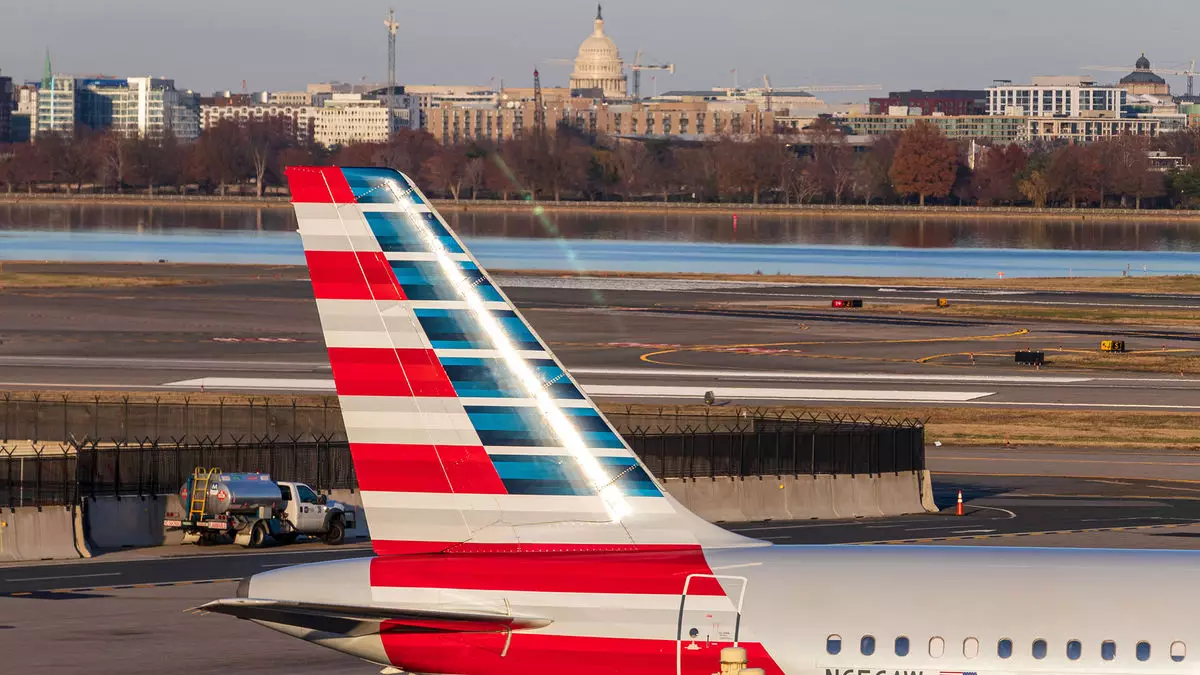In the recent quarterly earnings call, American Airlines’ CEO Robert Isom articulated a clear and ambitious objective: to reclaim its foothold in the corporate travel sector by the conclusion of 2025. This announcement comes on the heels of significant challenges encountered by the airline as it navigated through a controversial strategy that prioritized direct and New Distribution Capability (NDC) bookings, a move that inadvertently alienated essential travel agencies and corporate clientele. The push to adopt advanced booking technologies appeared beneficial initially; however, it backfired by diluting American’s presence within the corporate customer segment, prompting Isom to reassess and realign the airline’s strategies.
In May, American Airlines recognized the need for a dramatic pivot when it abandoned the previous approach that focused on NDCs. The acknowledgment of this error reveals a critical lesson: in the world of corporate travel, strong relationships with travel agencies are indispensable. Isom expressed optimism regarding the airline’s trajectory, noting a substantial 8% year-over-year increase in business travel revenue for the fourth quarter, which indicates a promising upward trend. He highlighted the sequential improvement of business travel revenue, a harbinger of potential resurgence as American Airlines moves forward.
Steve Johnson, American’s Vice Chair and Chief Strategy Officer, emphasized the importance of restoring trust and partnerships with corporate travel agencies. He pointed out that the airline has made substantial progress in rebuilding relationships, creating agreements with 30 of the leading agencies that could positively influence business travel volume. These contracts are designed not only to revitalize American’s market share but also to provide incentives that motivate travel agencies to prioritize American Airlines for bookings. The notion that these agreements will serve as pivotal assets in shifting corporate shares in the upcoming quarters marks a significant turn in the airline’s approach.
An integral part of American Airlines’ recovery involves revising agreements with its corporate customers, especially those that suffered due to the former strategy. Isom articulately conveyed the airline’s commitment to mitigating the fallout experienced by these travelers, saying that efforts to engage directly with corporate clients have yielded positive outcomes. This strategy to mend and enhance client relationships could serve as a crucial foundation for the airline as it aims to solidify its market share within critical hub regions.
As American grappled with strategic realignment, the financial results from Q4 provide a beacon of hope. The airline reported passenger revenue of $12.4 billion, reflecting a 3.3% increase compared to the previous year, coupled with a net income of $590 million. These figures not only illustrate a robust operational performance but also serve as a validation of the airline’s pivot towards a more inclusive corporate travel strategy.
The CEO’s optimistic view on forward bookings adds to the narrative of recovery, with indications that American Airlines is on the brink of regaining its corporate share. However, Johnson warns that the recovery is not merely linear—implying the need for continued vigilance and adaptation as market conditions evolve.
American Airlines stands at a critical juncture. The acknowledgment of past missteps paired with a well-defined strategy to restore corporate relations serves as a promising outlook for the airline. As Isom and his team navigate the complexities of corporate travel, their focus on fostering partnerships will likely remain a central pillar in American’s journey toward reclaiming its business. The forthcoming quarters will be telling as the airline implements its revised strategies while monitoring market dynamics. If successful, American Airlines could not only restore, but also expand its influence within the corporate travel arena, setting a benchmark within the industry for adaptability and resilience.

